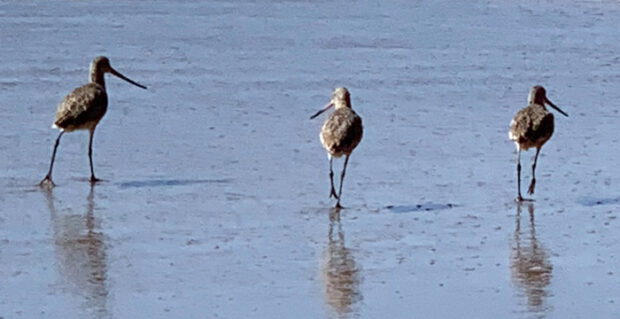
Neuroscience gives us a new context for mindfulness. It is not some sort of otherworldly state that is a break from ordinary reality. Life is interaction, and mindfulness is our natural ability to manage the interactions of life.
Being mindful simply means being engaged in what we do. It is a state of relaxed alertness, i.e., neither oblivious of what is going on, nor hypervigilant.
Mindful vs mindless
In civilized life, we can often get away with being less engaged in what we do. That is, mindless rather than mindful.
For instance, when we take a walk in nature, we do not need to be alert to predators or look for food, the way our remote ancestors had to. And so, we daydream as we walk. Until we suddenly realize we have wandered away from the trail, and are jolted into paying attention to what we do.
Creative disruption
It takes disruption to stop the disconnection, to shift from mindless autopilot to mindful engagement. But the disruption need not be an unpleasant surprise, such as realizing we are off the trail. We can intentionally disrupt the mindless default mode by taking a pause or slowing down to pay more attention to what we do.
Taking a mindful pause is different from pausing a video. When we resume playing the video, its contents have not been changed by the pause. Not so for us human beings. If you were to resume exactly what you were doing before pausing, you would look robotic.
Inner connection & interconnection
A pause is a proactive disruption that makes it possible for us to be mindful. That is, to pay attention to our inner experience in relation to what we are doing.
This kind of contemplation is not divorced from real life. Moment by moment, it gives us space to be ourselves, as well as space for a mindful connection with others.
Inner connection and interconnection reinforce each other.
Subscribe to the newsletter to explore creative approaches to mindfulness.
More
See how the Polyvagal Theory provides an embodied context for understanding mindfulness. See also “Ideas” in the menu on top of each page on this site.
For tools to creatively explore mindfulness, see “Practice” in the menu on top of each page on this site. This includes free events, courses for the general public and for therapists, as well as tutorials, and mindfulness exercises.
The podcast features stimulating conversations with therapists, mindfulness practitioners, and other thoughtful people.
Featured / recent posts
- A framework for embodied meditation
- Linda Modaro & Nelly Kaufer: Reflective Meditation
- Raja Selvam: Embodying emotions


